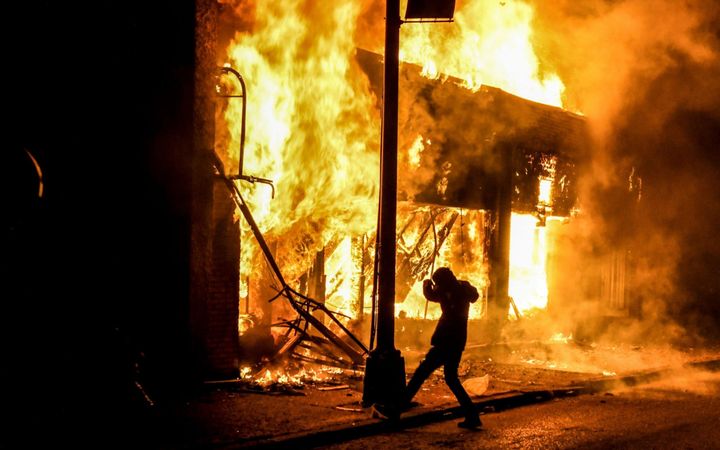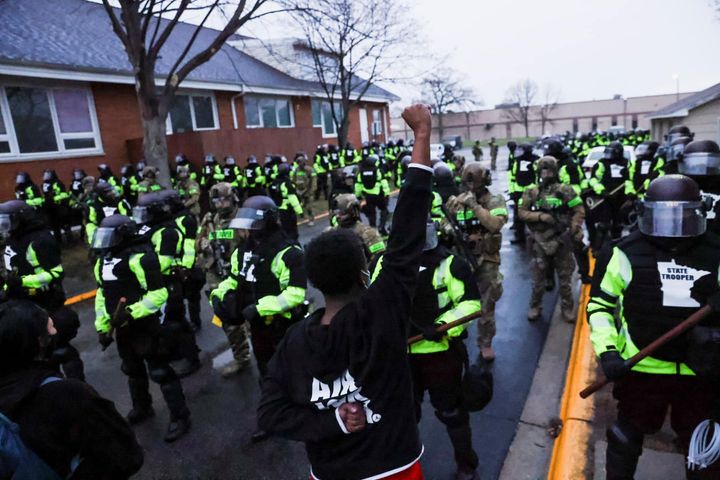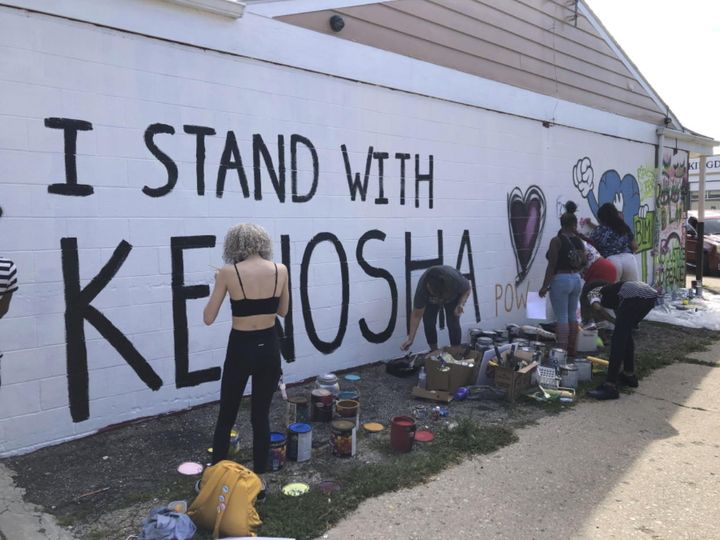The recent hanging deaths of two black men will now be investigated by federal authorities

A few minutes every morning is all you need.
Stay up to date on the world's Headlines and Human Stories. It's fun, it's factual, it's fluff-free.
The hanging deaths of two black men, Malcolm Harsch and Robert Fuller, over a time span of less than two weeks has spurred a federal investigation.
While both deaths were initially ruled suicides by local authorities, family members and loved ones have challenged those conclusions.
The two deaths have gotten greater media attention due to them occurring during nationwide protests over the killing of George Floyd and other black victims by police. On social media, a number of other hanging deaths of people of color have been linked to the two California deaths, with many suggesting that these may be race-related murders.
The deaths of Malcolm Harsch and Robert Fuller
Earlier this week, the FBI and California’s attorney general said they would assist in investigating the hanging deaths of Malcolm Harsch, 38, and Robert Fuller, 24. Harsch was found hanging from a tree in a camp on May 31 in Victorville, California. Fuller was found hanging from a tree on June 10 in Palmdale, California. The two Southern California towns are about an hour apart from one another by car.
After Harsch’s death was determined to be a suicide by the coroner, Harsch’s family released a statement to the local Victor Valley News in which they said that suicide “does not seem plausible” and alleged that “[Harsch’s] body sat at the San Bernardino County Coroner for 12 days before an autopsy was performed.”
The statement also tied his death to “the current racial tension” surrounding the protests over the killing of George Floyd by a white police officer. The statement concluded, “a black man hanging himself from a tree definitely doesn’t sit well with us right now. We want justice, not comfortable excuses.”
In the investigation of the deaths of both Harsch and Fuller, authorities found no evidence of foul play. However, in Harsch’s case, a toxicology report to determine if there were any drugs or intoxicants in his body had not been conducted prior to concluding that it was a suicide.
The authorities in Fuller’s case have since walked back their initial conclusion of suicide, saying now, “We felt better that we should look into [the death] a little bit more deeply and carefully, just considering all the circumstances at play.”
In what appears to be an unrelated coincidence, Fuller’s half-brother, Terron Jammal Boone, was killed by police a week later. Boone was said to be a suspect in a kidnapping and domestic assault situation. There is no available video of the confrontation, but Boone allegedly exited the car he was in and fired at police who were in pursuit. The officers returned fire and killed Boone.
The loss of black lives
The deaths of Harsch, Fuller and Boone have occurred with the backdrop of nationwide protests and demonstrations led by the Black Lives Matter movement.
Though the recent protests have specifically been sparked by the killing of black people by police officers, BLM also says that law enforcement and authorities often fail to fully investigate the deaths of black people.
On June 16, Philip Lewis, the front page editor for The Huffington Post, tweeted that five black people had “been found hanging from trees all in the last few weeks.” He then listed the locations of those hangings, which, in addition to Victorville and Palmdale, included Houston, Texas, Manhattan Park, New York, and Portland, Oregon. He also included screen captures of related headlines.
In fact, one of the hanging deaths mentioned by Lewis was that of a black transgender woman named Tete Gulley, 31, who died on May 27, 2019. She was found hanging from a tree in Portland and her death was officially ruled a suicide, but her family has questioned that determination.
The man found hanging in Manhattan Park on June 9 was Dominique Alexander, 27. As with the other hangings, officials did not report any indication of a struggle or foul play and Alexander’s death was ruled a “suicide by hanging.”
The name of the man who was found hung in Houston has not been released, but the original reporting on the story, which Lewis included in his tweet, says the victim was not black but a “Hispanic/Caucasian male” who was “described by his family as suicidal.”
A day after Lewis’ tweet, there was a report of a 17-year-old black teenager who was found hanging from a tree in a school playground in Houston. As with the other hanging deaths, authorities stated there was no evidence of foul play and the death was ruled a suicide.
A history of lynching
With so many hanging deaths of people of color occurring recently, protests and petitions have erupted to demand fuller investigations of all of the deaths. At times, these protests have merged with or extended the BLM protests that have been occurring for weeks.
On June 14, a Black Trans Lives Matter rally in Brooklyn, New York reportedly drew 15,000 people.
Though further investigations of the deaths may not change the official determination that they were suicides, the optics of black people hanging from trees has understandably stirred the black community. In the Jim Crow era of American history, public hangings of black men and women were common as a form of lynching. These public hangings were used to terrorize black people.
Lynchings are said to still occur, with the recent death of Ahmaud Arbery being held up as an example of a “modern-day lynching.” Arbery, a black man, was killed by a white man and his father in Brunswick, Georgia, while he was out running. Police did not press charges against the two men until a video of the altercation went viral and there was a public backlash.
Have a tip or story? Get in touch with our reporters at tips@themilsource.com




Comments ()